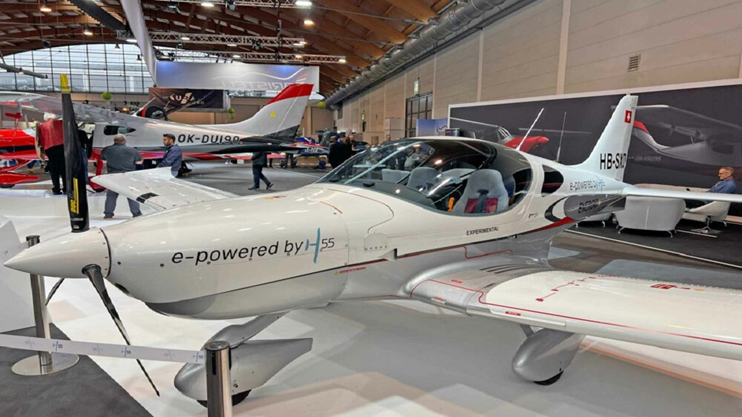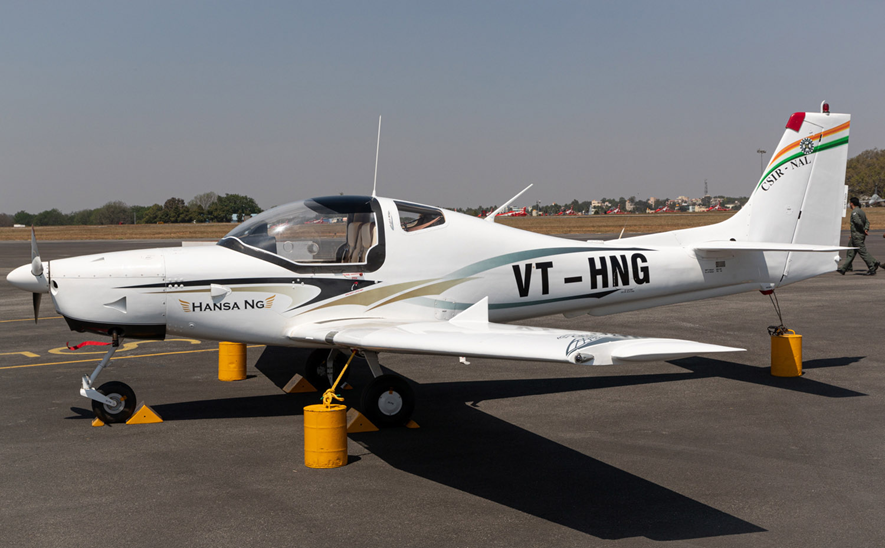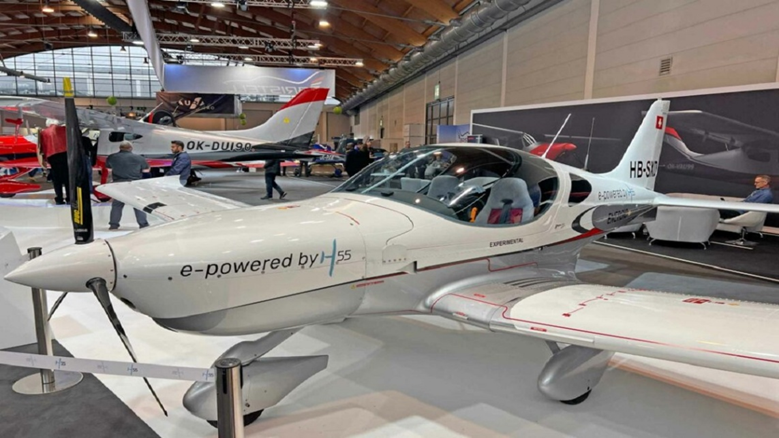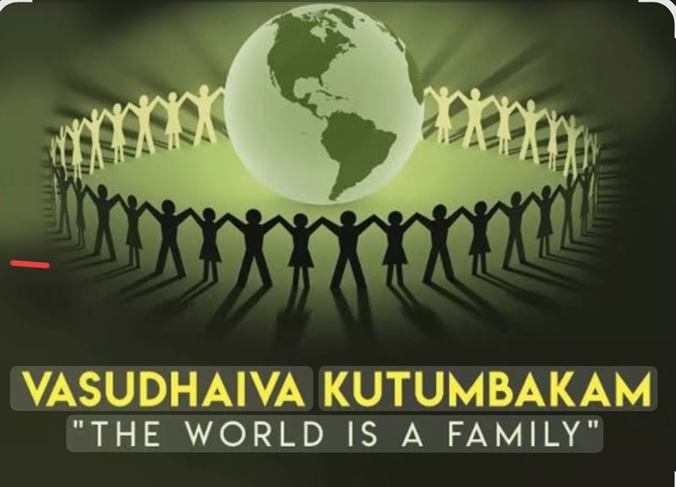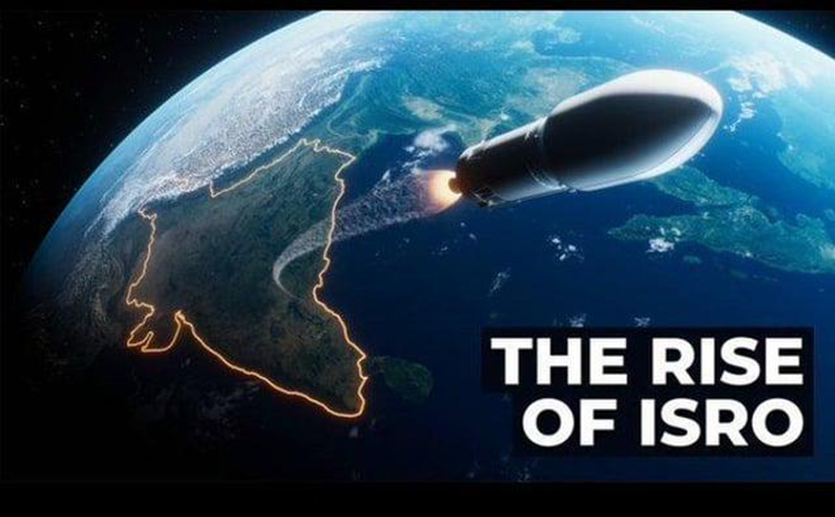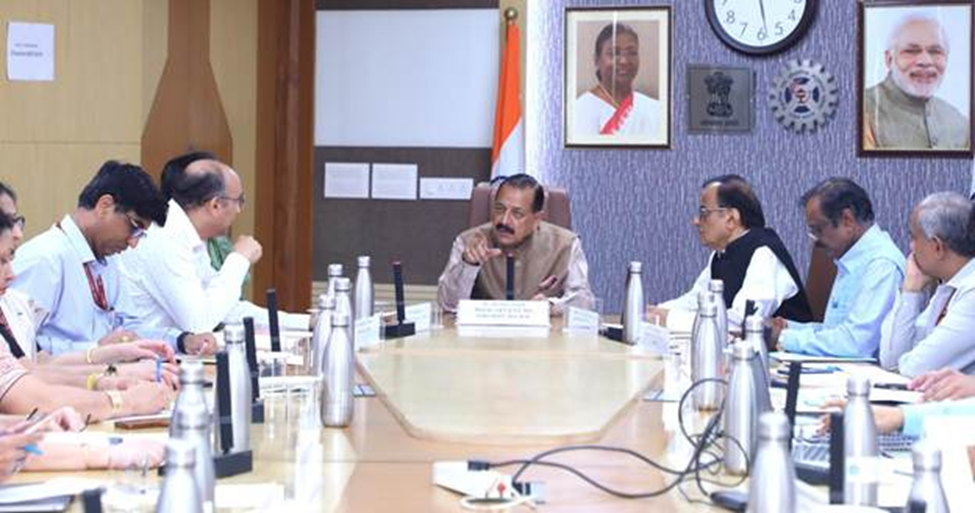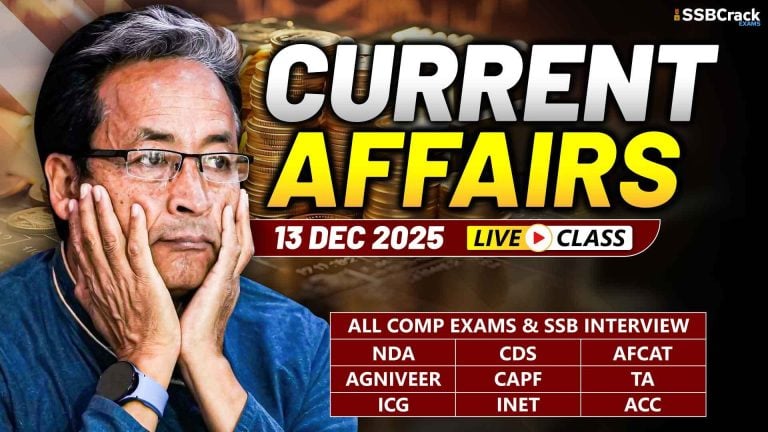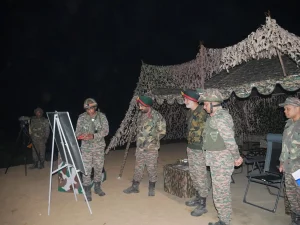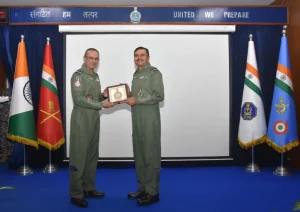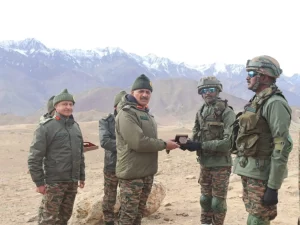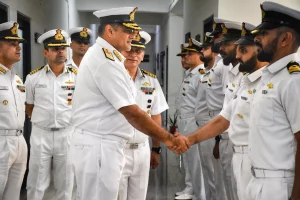India has initiated the process to develop Electric Hansa (E-Hansa), a next-generation two-seater electric trainer aircraft. This was disclosed here by Dr Jitendra Singh, Union Minister of State (Independent Charge) for Science & Technology, while chairing a high-level monthly review meeting with the secretaries of all major science departments at the Science Centre here.
India To Develop ‘E-HANSA’ Indigenous Electric Trainer Aircraft
Why In News
- India has initiated the process to develop Electric Hansa (E-Hansa), a next-generation two-seater electric trainer aircraft. This was disclosed here by Dr Jitendra Singh, Union Minister of State (Independent Charge) for Science & Technology, while chairing a high-level monthly review meeting with the secretaries of all major science departments at the Science Centre here.
- In his capacity as Vice President of CSIR (Council of Scientific & Industrial Research), Dr Jitendra Singh said, it is a matter of pride that the new aircraft is being indigenously developed by the CSIR institute of “National Aerospace Laboratories” (NAL) Bengaluru.
Electric Hansa
- It Is An Indigenous Next-generation, Two-seater, Ab-initio Trainer Aircraft Developed For Pilot Training
- Electric Hansa (E-HANSA) trainer aircraft, developed by CSIR-NAL, is expected to cost significantly less than imported alternatives, possibly around Rs 2 crore. This is roughly half the price of a comparable imported trainer aircraft.
- The E-HANSA is part of the larger HANSA-3 (NG) trainer aircraft program, which is designed to be a cost-effective and indigenous option for pilot training in India.
- India’s E-Hansa aircraft will also mark a key step toward India’s green aviation goals and use of green or clean energy fuel in running our aircrafts, said the Minister.
- This initiative seeks to enhance India’s aviation sector, aligning with the increasing demand for qualified pilots in the industry.
- Key Features – Advanced Glass Cockpit for superior digital display and enhanced situational awareness, complemented by a Rotax 912 iSc3 Sport Engine that offers fuel efficiency and digital control.
- Designed with a Bubble Canopy for panoramic visibility and increased pilot comfort, along with lightweight composite airframe and electrically operated flaps.
- Priced at ₹2 crore, this model is approximately 50% more affordable than its imported counterparts.
Other Discussions
- Push for Public-Private Partnerships in R&D : During the meeting, Dr. Jitendra Singh emphasized the need to commercialize indigenous technologies through robust public-private partnerships (PPP). He instructed the National Research Development Corporation (NRDC) to replicate the successful models of DBT-BIRAC and IN-SPACe for enhanced technology transfer and private sector engagement.
- Tech Transfer, Ease of Doing Business & “Vasudhaiva Kutumbakam” : Dr. Singh reiterated the importance of standardizing technology transfer protocols, promoting the ease of doing science and innovation business, and building international science partnerships under the ethos of “Vasudhaiva Kutumbakam” — the world is one family.
- ISRO’s Achievements Praised: SPADEX & Operation Sindoor : Dr. Singh commended the Indian Space Research Organisation (ISRO) for:
- The successful SPADEX mission, which demonstrated docking and undocking capabilities essential for the Gaganyaan human spaceflight mission
- Their leadership role in Operation Sindoor, which received national acclaim
- ISRO’s collaboration with 40 Union Ministries and 28 State Governments was highlighted, showcasing its growing strategic footprint in governance and national development.
- Axiom Space Mission & Microgravity Research : In an exciting announcement, Dr. Singh revealed that Group Captain Subhash Shukla would represent India in the Axiom Space Mission, carrying out seven microgravity experiments aboard the International Space Station (ISS) — a move that will elevate India’s presence in space science and R&D.
- Regional Chintan Shivirs for Integrated Science Planning : To promote integrated science governance, Dr. Singh called for region-wise Chintan Shivirs across the country, modeled after the recent event in NIOT Chennai. These gatherings will bring together key departments including:
- DST (Department of Science and Technology)
- DBT (Department of Biotechnology)
- CSIR (Council of Scientific & Industrial Research)
- ISRO (Indian Space Research Organisation)
- Earth Sciences
- Department of Atomic Energy
- The goal is to foster synergized and cross-disciplinary planning across India’s scientific institutions.
- Biomanufacturing and Global Talent Outreach : In line with enhancing India’s biomanufacturing and R&D capabilities, Dr. Singh proposed a “Global Science Talent Bridge” to attract top international scientists and innovators. He also acknowledged the enthusiastic student response to the opening of CSIR labs, which had to be temporarily paused due to security concerns but will resume shortly.
